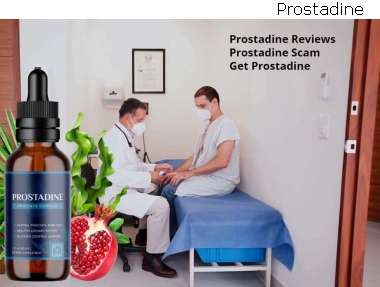Prostadine Directions - The Most Overlooked Fact Exposed
Main
Prostadine Directions
Prostadine Directions. Talking with your health care provider about your options and the benefits and risks of each treatment can help you make the best decision for you. However, good personal hygiene and practising safe sex is essential to prevent bacteria from spreading to the prostate and causing it to swell. Patients who take part in a clinical trial may receive the standard treatment or be among the first to receive a new treatment. Some men find the thought of having an orchidectomy upsetting and worry about how they’ll feel once their testicles are removed.
That way you’ll notice changes, like irregular urination. You may have slight pain or bruising at the spot where the needle was put in, but most symptoms go away quickly. They can help you understand your ownrisk of prostate cancerand talk you through the advantages and disadvantages of the PSA test. If you are taking pills or capsules, some men find it helpful to use a pillbox that has spaces in it with different times of the day. Boron is reported to reduce prostate cancer incidence. However, people who are not helped by antibiotics should stop taking these medicines. A lateral pathway which drains to the external iliac lymph nodes.
Prostadine In Uk
Oliver RT, Williams G, Paris AM, Blandy JP. Intermittent androgen deprivation after PSA-complete response as a strategy to reduce induction of hormone-resistant prostate cancer. It stays in place during radiotherapy and is gradually absorbed by the body. PSA is mostly found in semen, but a small amount is also found in blood. Evidence of a protective effect for tomato consumption was stronger for prostate cancer than for most other cancers. The Cancer Research UK Cambridge Research Institute is a new research centre which aims to take the scientific strengths of Cambridge to practical application for the benefit of cancer patients. The development of immunoassays and Western blot–based assays for PSMA has permitted an increasing number of studies. This helps to relieve symptoms like pain or difficulty when peeing. Elevated PSA concentrations can only suggest the presence of prostate cancer until biopsy is performed.
Prostadine And Intermittent Fasting
Treatment options can include surgery, called “salvage radical prostatectomy,” or cryosurgery, called “salvage cryotherapy” (see “Focal therapies,” above). If it has, your doctor may offer you the option of a clinical trial for treatment. This information is designed to support, not replace, the relationship that exists between a person and their existing health care professional/s.
Does Prostadine Cause Impotency
Some people's symptoms are more severe and affect their quality of life, or their mild symptoms might worsen. They might compare it to a previous DRE exam if you've had one. If you search the internet for prostate health supplements, you will find dozens of options that claim to shrink your prostate, improve urine flow, or reduce your risk of prostate cancer. Prostadine Directions There is evidence showing that using a low dose of a PDE5i daily as part of a penile rehabilitation regime will help with recovery of erections post prostatectomy. It may also assist with healthy joint mobility and support the development and maintenance of cartilage. They won’t give you a permanent erection during this time as they only work when sexually stimulated or aroused.
Prostadine For Health Supplement

Prostadine Directions. There is not sufficient evidence to recommend routine screening of all men with no symptoms. Oza is a board-certified physician in physical medicine & rehabilitation (PM&R) with fellowship training in cancer rehabilitation medicine. Prostadine Directions. The MID for a given domain is important in determining the required number of patients for study recruitment and interpreting the questionnaire results. Please note that private health funds do not at this stage cover any of the cost of the treatment. The same principles apply to ultrasound procedures such as transrectal ultrasound which require insertion of a special imaging probe or transducer into the body. Prostate cancer was first described in a speech to the Medical and Chiurgical Society of London in 1853 by surgeon John Adams and increasingly described by the late 19th century.
Previous Next
Other:
Prostadine Drops Canada - Beyond The Rumors
Prostadine - Surprising Findings
Prostadine Reviews Amazon - An Honest Analysis
Prostadine Better Business Bureau - Disturbing Statements Debunked And Why You Must Read Every Word In This Post